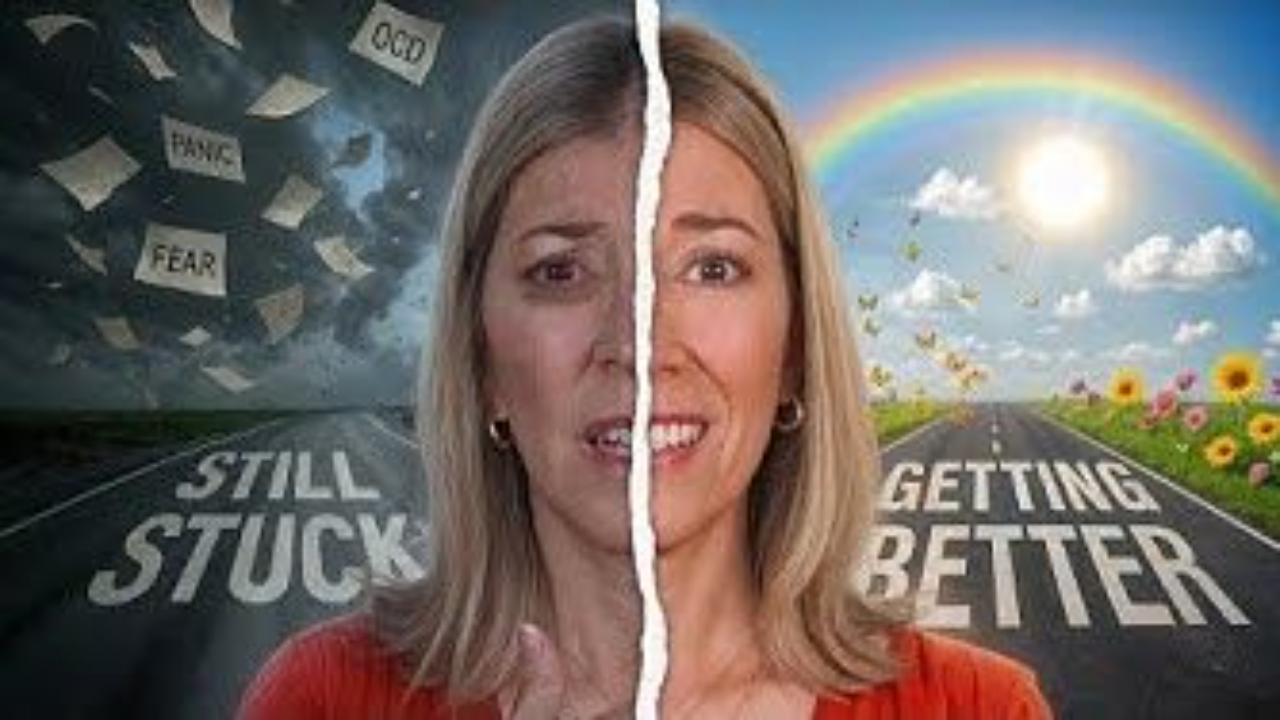
Exposure Therapy for Panic, Phobias, Agoraphobia & Social Anxiety
Exposure therapy is a treatment technique commonly used to alleviate the distress and anxiety associated with an agoraphobia for panic disorder, OCD phobias, PTSD, social anxiety disorder, OCD and a number of other anxiety disorders. It involves purposefully and gradually exposing individuals to situations, objects, thoughts, or sensations that trigger their anxiety or fear. In this blog, we will explore exposure therapy for panic, phobias, agoraphobia and social anxiety.
What is Exposure Therapy?
Exposure therapy is a well-established psychological treatment that involves systematically facing and confronting your fears or anxieties. It is a highly effective method for treating conditions such as agoraphobia, panic disorder, OCD, phobias, PTSD, and social anxiety disorder. However, it's crucial to understand the fundamentals of this therapy to maximize its benefits.
Hebb's Law and the Amygdala
Before delving into exposure therapy's nuances, it's essential to grasp the underlying neuroscience. Hebb's Law, often stated as "Neurons that fire together wire together," is central to understanding how exposure therapy works. In the context of anxiety, our amygdala, the brain's fear center, learns what to be afraid of through associations.
For instance, if you experience a panic attack in a grocery store, your brain may associate grocery stores with danger, triggering anxiety and avoidance behavior. Exposure therapy aims to retrain the amygdala, forging new neural pathways that signal safety rather than danger.
Types of Exposure Therapy
Exposure therapy comes in different forms, each tailored to your specific needs:
-
Gradual Exposure Therapy: This approach involves creating a hierarchy of anxiety-inducing situations and starting with less distressing ones, gradually working your way up the ladder as you build confidence.
-
Flooding Exposure Therapy: In contrast, flooding involves immersing yourself fully in the most anxiety-provoking situation from your hierarchy. This method can be more intense but can lead to faster progress.
-
Interoceptive Exposure Therapy: If you struggle with internal bodily sensations, this form of therapy helps you confront and tolerate these sensations, such as a rapid heartbeat.
-
Strategic Exposure Therapy: This approach involves facing anxiety-inducing situations as they naturally occur throughout your day, allowing anxiety to naturally decrease

Nothing is worse than feeling unsafe in your body, like you are a victim of your fear and not in control. You have come to the right place. Learn how to take back your freedom from high anxiety, bodily sensations and panic.
Key Principles for Effective Exposure Therapy
Now, let's explore what you should do to ensure successful exposure therapy:
-
Activate to Generate: You must activate your amygdala by inducing anxiety during exposures. This heightened anxiety is essential for creating new neural pathways that associate safety with previously feared situations.
-
Embrace Intensity: High-intensity exposures are more effective at rewiring your amygdala, even though they might feel challenging. Remember, the greater the anxiety during exposure, the faster your brain learns.
-
Avoid Relaxation Techniques: Actively trying to relax during exposure sessions diminishes their effectiveness. The goal is to endure the anxiety and allow it to naturally subside.
-
Duration Matters: Research suggests that an hour and a half is an optimal exposure duration. Stay in the anxiety-inducing situation until your anxiety drops by about half before leaving.
-
Commit to Completion: Never leave an exposure prematurely. Doing so reinforces the idea that the feared situation is indeed dangerous, making the fear worse.
-
Beware of Benzodiazepines: Anti-anxiety medications like Xanax, Ativan, and Klonopin hinder exposure therapy's effectiveness by calming the amygdala. Consult your doctor before attempting exposure therapy if you're on these medications.
-
Avoid Safety Behaviors: Safety behaviors, such as carrying medication or having someone with you, reduce the effectiveness of exposure therapy. They signal to your brain that danger is still present.
Exposure therapy is a potent tool for confronting and conquering anxiety disorders. By following these principles and avoiding common pitfalls, you can enhance the effectiveness of exposure therapy and pave the way for a life free from the constraints of fear and anxiety. Remember, the path to success might be challenging, but with dedication and the right approach, you can achieve remarkable results and reclaim control over your life.
Let's Keep in Touch
Subscribe to My Newsletter
We hate SPAM. We will never sell your information, for any reason.







